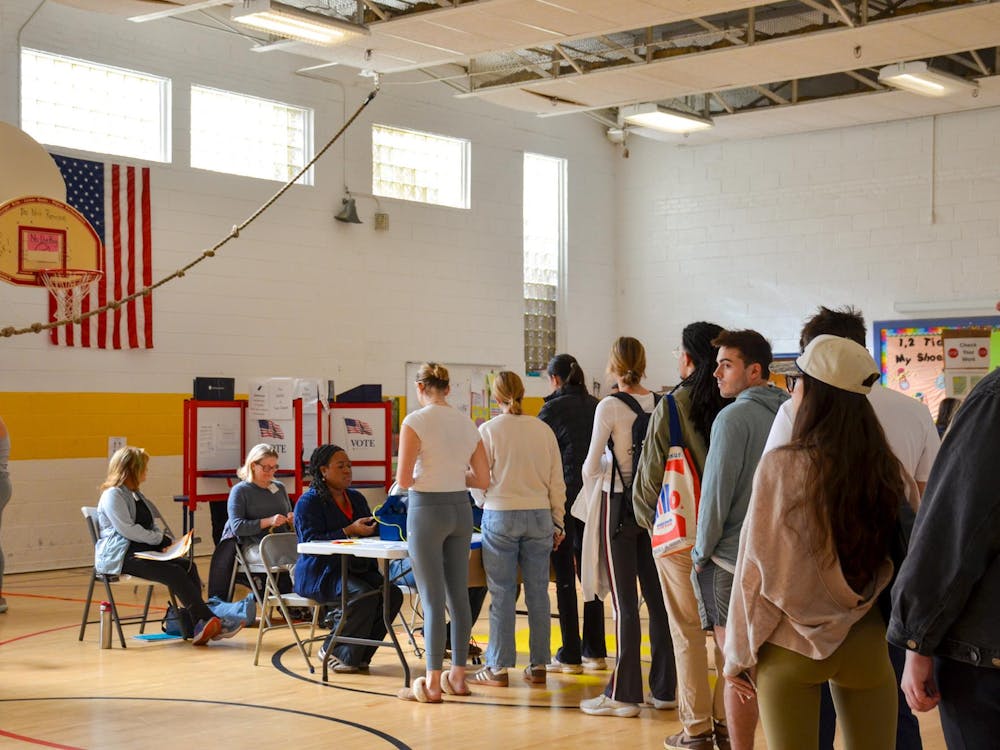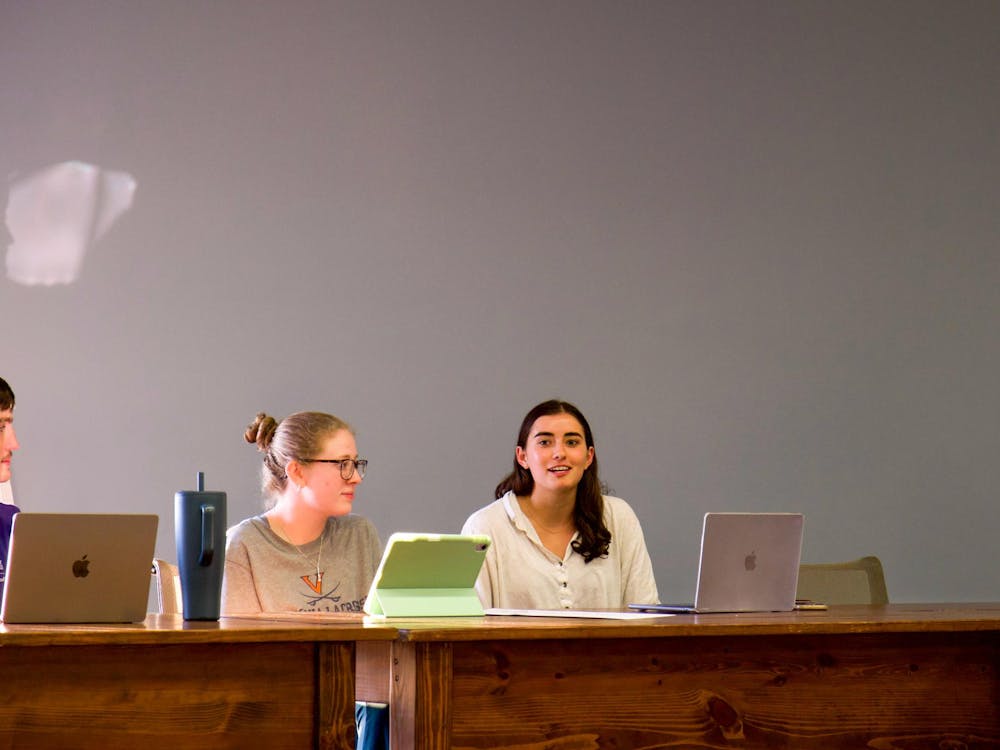The University Medical Center announced Monday that it saved nearly 1.8 tons of plastic this summer that had previously never been considered recyclable.
The conservation was achieved through a demonstration project in June and July for recycling in clinical use. The Medical Center tested the project in one operating unit, two adult acute-care units and one intensive care unit, said Registered Nurse Kathleen Rea, president-elect of the University’s Professional Nursing Staff Organization.
“Nurses across the health system are very invested in [ensuring] that our clinical outcomes and work environment continue to meet ... standards of excellence,” Rea explained. “This year, they felt strongly that a healing environment starts with a healthy planet.”
University nurses, along with outside supporters, collaborated with the University recycling team, the University Health System and others in the University community to save 1.8 tons of plastic. This material came from products used while caring for patients, such as plastic pouches for IVs, Rea said.
The program, which is among the most recent of the center’s green initiatives, is currently in the evaluation stage to determine how it could be regularly implemented, Rea noted.
The University’s Facilities Management Department “worked with us to handle the increased volume during that time period without additional infrastructure,” Rea said. “They did a great job.”
In addition to its summer efforts, the Medical Center is pursuing other green initiatives. Rea noted the Medical Center has made a “big effort to use green cleaning products that meet hospital standards for disinfectants and infection control that are better for those who are cleaning and those indoors.”
The center also has implemented the NightWatchman program for reducing energy use among non-clinical computers. This program “automatically shuts down and wakes up PCs at predetermined times between 9 p.m. and 7 a.m,” Rea said, noting that this program can reduce emissions by over 800 metric tons per year.
While the new Emily Couric Clinical Cancer Center will be LEED certified — meaning it will be constructed according to federal environmental standards — the University has also increased its emphasis on retro-comissioning buildings.
“You go through a building and make sure systems are running as efficiently as possible,” said Lindsey Daniels, sustainability outreach coordinator in Facilities Management, of the process.
Medical research building number 4 is one retro-commissioned building that has recently saved 23 percent of its energy output, Daniels said.
All new buildings are also making effort to be environmentally friendly; each must have “dedicated floor space for recycling for each floor” as a part of official University policy, said Bruce Frazer, University recycling department operations supervisor.
“There must be space for a recycling shelf and bottle and can containers in the contract,” Frazer said.
Efforts to improve environmental awareness in buildings both old and new have helped the University financially, Daniels said, noting that during the last two years, the University has saved $47 per ton on average by recycling instead of trashing material, which has resulted in $415,000 in cost avoidance.
As a whole, the University has made great strides towards becoming green, Daniels said.
“In the last four years there has been a complete turnover,” she said. “It’s amazing how much sustainability awareness has increased at U.Va. since 2004.”






